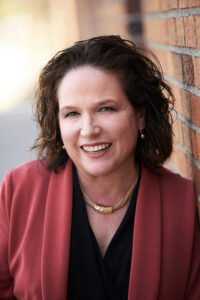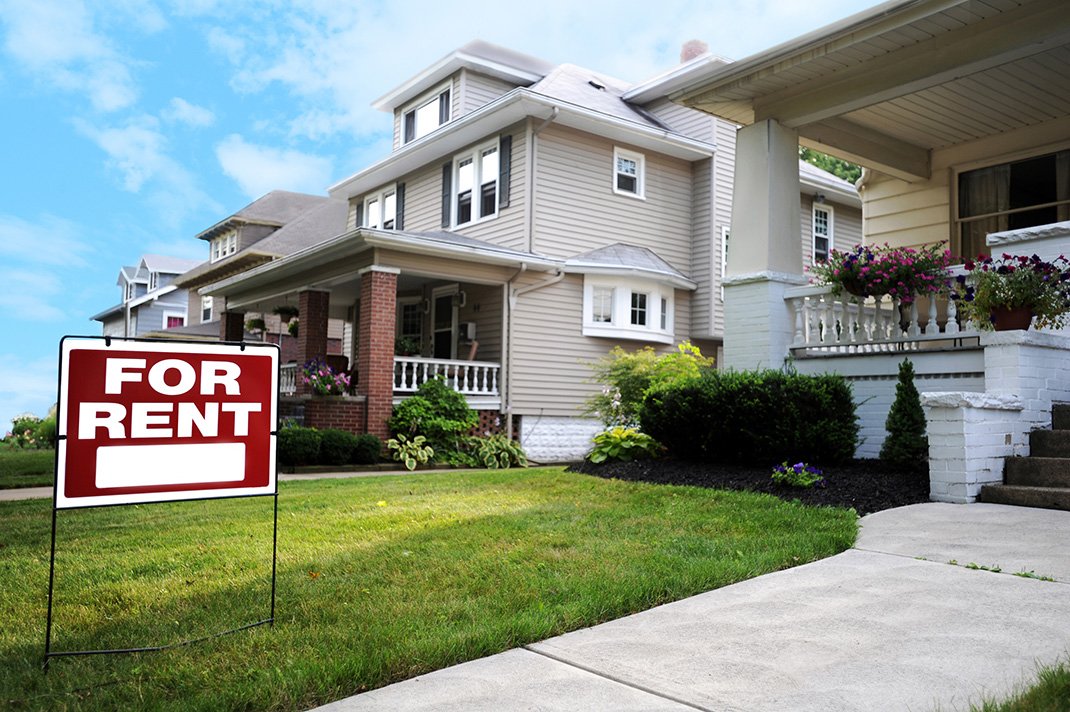The fastest-growing group of renters in the United States is not young adults, but seniors 65 and older: study
By Aaron Gifford

A young couple settles into an affordable apartment and starts making long-term family plans.
The small starter home comes a few years later, followed by children, the move to a larger home, an empty nest for a while and then the downsizing process to a smaller house after retirement. Along the way, maybe there’s enough extra money for renovations.
But in the past decade or so, that cycle of American homeownership has been disrupted and for various reasons.
In fact, the fastest-growing group of renters in the United States is not young adults, but seniors 65 and older, according to a Point2Homes study. The number of older adults who rent their homes increased by 2.4 million or 30% between 2013 and 2023.
The number of renters aged 24 and younger, meanwhile, decreased by about 9%, reaffirming the trend that Gen Zers and even millennials are living at home for as long as possible.
“That cycle is particularly broken right now, because high interest rates for homebuyers and because rents are so expensive right now, especially for young people,” said Karen Schroeder, chief communications officer for Home HeadQuarters, a nonprofit housing assistance agency based in Syracuse.
“Even though rent is so high, for older folks, it’s often still cheaper than the maintenance on an older home, plus the taxes,” she said.
In the past decade, a significant number of seniors have elected to use proceeds from their home sales and retirement savings to relocate elsewhere, whether that’s closer to relatives or a warmer climate, even if it requires renting instead of owning, according to the Point2Homes study.
“Renting also provides flexibility for a growing number of older adults who remain in the workforce well into their 60s, allowing the job-related moves, seasonal living or part-time location,” the report said.
“So, as the traditional and costly path to homeownership gives way to new priorities, it’s the older crowd that’s redefining what rentership looks like in the United States,” she said.
The largest surge of senior renters took place in the south, with an 88% increase of senior renters in Baton Rouge, Louisiana, in the past decade, followed by various communities in Florida and Texas. In the Sarasota, Florida, metro area, senior citizens already account for 21.3% of the renting population, Point2Homes said.
All told, there are more than 10.45 million senior renters nationwide, according to the U.S. Census Bureau.
The average monthly rent for an apartment in Syracuse is $1 681, a 1% increase from July 2024, according to the Point2Homes website. That’s still below the national average of $1,750 and comparable to rental costs in Buffalo, Rochester and Albany.
For the time being, the demographic of Syracuse city renters is younger than the national average; about half of renters in Salt City are younger than 44, compared to only 10% of renters between 65 and 74 and only 2% of those older than 85, Point2Homes said.
Syracuse’s housing stock, especially rental units, is fairly old. Nearly 11,000 units — or about 32% of all apartments, rental homes and condos — were built before 1939, while less than 6,000 units here were built after 1989.
Across Central New York, the housing stock of homes owned by their residents is also aging and despite an increase in services to help seniors stay in their homes longer, it can be difficult and very expensive to make those houses more accessible and safer for the elderly.
The cost of building materials and labor is out of reach for many individuals on a fixed income and there remains a significant shortage of contractors for those who can afford the repairs. A roof replacement on a typical Syracuse home, for example, exceeds $20,000, Schroeder said.
Few carpenters are willing to build wooden accessibility ramps for homes anymore, she added and the metal ones are less desirable because they don’t look as nice and there’s a risk that they will be stolen for scrap metal.
“People eventually age out of their housing, but they’re fighting it tooth and nail,” Schroeder said.
Single-story homes with no steps are desirable for both renting and purchasing, but demand greatly exceeds supply and most are located in newer developments in the outer suburbs or exurbs.
“They are expensive, and far away from the support networks, like doctors’ offices and senior services,” Schroeder said. “But you do see older adults from other markets who sell their homes and can afford to get something like that here.”
The Towne Center Retirement Community apartments in Fayetteville are ideal for senior residents, offering a prime location and a range of amenities, including meal service. The buildings are just a few hundred yards from medical offices, shopping centers and recreational opportunities. But the monthly rent exceeds $3,000.
The lack of safe, affordable apartments for seniors is a well-known problem throughout the Central New York region and most of Upstate New York. Lawmakers have proposed solutions.
Sen. Sean Ryan, a Buffalo Democrat, introduced a grant program for apartment renovations. Landlords would be eligible for grants of up to $75,000 if they commit to offering affordable rents for a period of 10 years.
“We need more support for current homeowners and low-income seniors,” Ryan said in a news release.
The New York state chapter of the American Association of Retired Persons praised the proposed legislation as a good way to keep seniors out of expensive taxpayer-funded nursing homes.
Gov. Kathy Hochul’s 2025 budget continues state funding for the construction of new housing units with support services for vulnerable populations, including the elderly. But the New York State Association of Health Care Providers says the governor’s plan falls short because it doesn’t earmark enough money for home care services specifically.
“Affordable housing is meaningless without access to affordable care services that allow seniors to stay in those homes,” the organization said in a Jan. 14 public statement.
A June 2024 Onondaga County housing assessment published by the county’s planning department notes that construction of rental units in communities outside of Syracuse has been steady in recent years, but the suburban rental market here is “still undersupplied.”
Moreover, there are about 12,000 rented households outside of Syracuse with incomes below $50,000 a year. This would include seniors who mostly rely on Social Security. Thirteen percent of renters 65 and older in both Syracuse and surrounding Onondaga County live alone, the housing assessment report noted.
In 2020, there were nearly 42,000 heads of households in Onondaga County (excluding Syracuse) older than 65, up from 28,500 20 years prior.
“By virtue of size and/or life stage, homebuying is less likely for these segments of the market and these are segments that are growing,” the report said. “And aging homeowners, of which there are many outside Syracuse, are likely to add to the ranks of senior renters over time as they leave the ownership market.”
The Onondaga County Planning Department determined that the cost of renting a new three-bedroom apartment or condo would be at least $3,000 a month, which is more than double the average rent for this region.
The department also estimates that 14,000 senior homeowners will exit Onondaga County’s home ownership market within five years. If more affordable rental units are not available locally, those residents are likely to migrate elsewhere.
“Adapting the rental supply for seniors will be an important effort in the coming years,” the report said.




